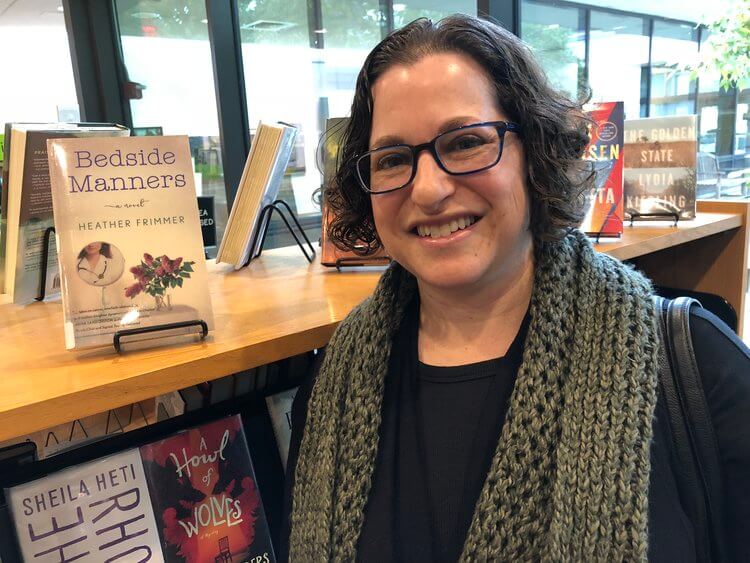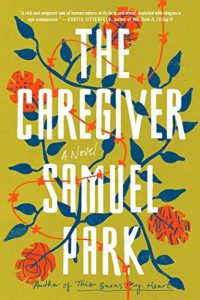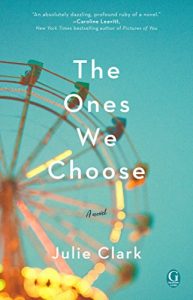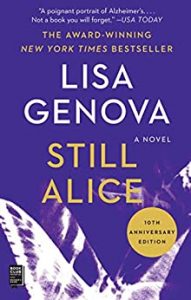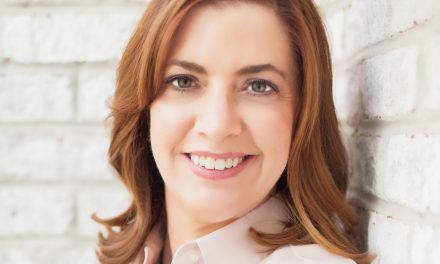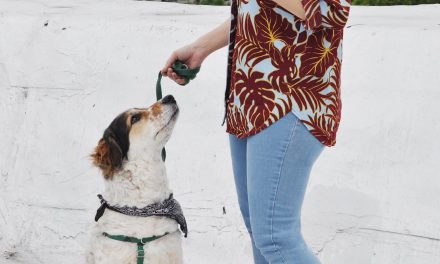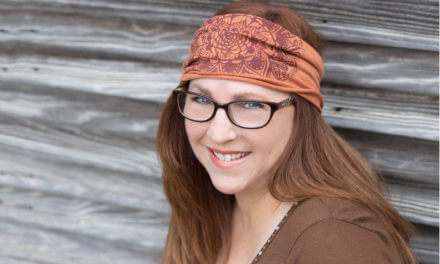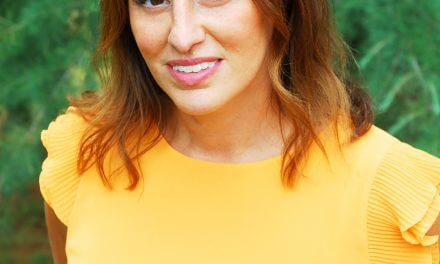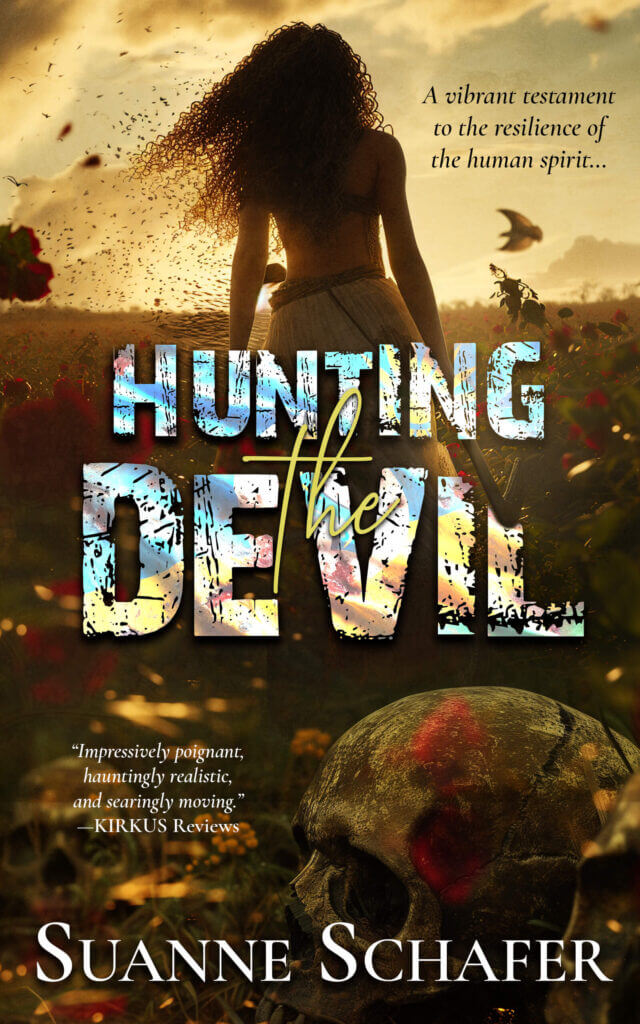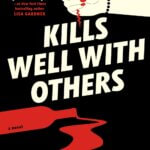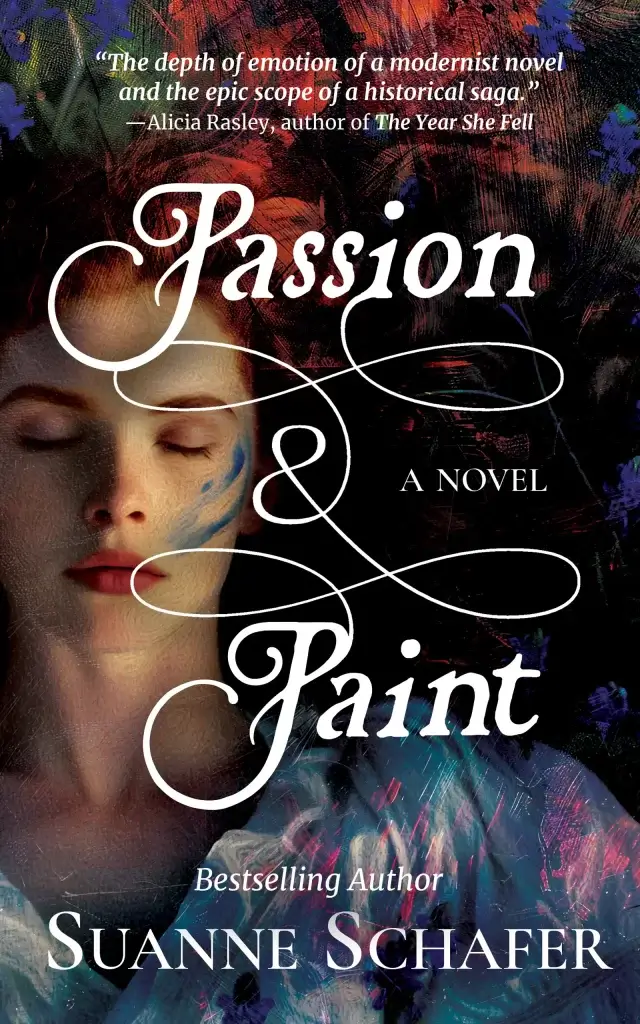Appropriate for the Covid-19 pandemic, Heather Frimmer and I are meeting virtually. She’s a radiologist specializing in breast imaging. She uses her medical knowledge to create fictional windows into the world of medicine. In her debut novel, Bedside Manners (SparkPress, October 2018), Joyce Novak must abandon her caregiver role and become the patient after a breast cancer diagnosis. Her daughter, Marnie, is completing medical school and looking forward to her surgical internship and upcoming nuptials. But when one of her patients dies, she must learn to strike a balance between doctor and daughter.
When Heather is not reviewing mammograms or writing, you’ll find her reading. She reads over 100 books a year and reviews them on Books, Ink and in Book Pairings on her blog where she compares two books with similar themes. Heather lives in suburban Connecticut with her husband, a trained actor and now middle school theater teacher, and their two sons. The boys all have the acting “bug” and she serves as their most loyal and supportive audience member.
Tentatively titled Laying Blame her second novel will again focus on the medical field, weaving a complex tale of addiction, love and survival on the operating table.
SS: First, Heather, let me say thanks to you and all the essential medical personnel who have risked their lives to help others in the Covid-19 pandemic. Now, on to the interview questions. Is your day job a distraction, or does it add another element to your writing?
HF: Because I write medical women’s fiction, my day job is integral to my writing. I am constantly presented with interesting scenarios, challenges and ethical dilemmas that beg to be transferred to the page. The difficult part is figuring out which stories I am best suited to tell.
SS: Writing is undoubtedly a lonely occupation. John Green (The Fault in Our Stars) says writing is a profession for introverts who want to tell you a story but don’t want to make eye contact while doing it. P. D. James (Cover Her Face) says it’s essential for writers to enjoy their own company. Do you see yourself along those lines? Are you a natural loner?
HF: A born introvert, I spent my childhood with my nose buried in a book, and I never grew out if it. I’m most comfortable sitting at a coffeeshop typing away at my manuscript or reading the latest women’s fiction or psychological thriller release. While I do enjoy being with people, I need time afterwards to decompress and recharge my batteries.
SS: Me too. Even a couple of hours with relatives wears me out mentally. When writing, are you a night owl or morning person?
HF: I am a morning person. I wake up at 5:30 AM for work, so on weekends I also pop out of bed early. I get my best work done in the predawn hours and I am always asleep by 10 PM.
SS: If you have children, does being a parent influence your writing? To what extent?
HF: My two boys are both characters in very different ways. Bedside Manners does not feature any children, probably because I find them difficult to write well. I must be feeling more brave now because my second novel features a ten-year-old budding thespian rehearsing a production of The Lion King. His character is inspired by my two boys who sing, dance, and act their way through life.
SS: Are you looking to entertain or illuminate?
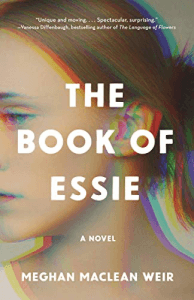
SS: Do you believe you write the kind of book you’d want to read?
HF: Absolutely. First of all, I like to be hooked from the start. With so many books and so little time, I give a book ten pages, moving on to another choice if it hasn’t grabbed me by then. By putting medical student Marnie in a difficult situation from the first paragraph, my goal was to connect the reader with her immediately and keep them turning pages to how she finds her way out of her dilemma.
Also, I especially love novels with multiple narrators/perspectives. I feel this structure allows a more complete 360 degree view of the story than one perspective can provide. That is why I chose to follow both Joyce and Marnie in Bedside Manners.
SS: Khaled Hosseini (The Kite Runner) says that he feels he is discovering a story rather than creating it. Are you a plotter? Or do let the novel develop organically?
HF: I am a pantser who occasionally plots. I start writing with sense of where the story is going but I’m happy for things to change along the way. I usually outline a few chapters ahead of where I am. As I gain more experience, perhaps I could become a plotter. It would be so much easier to write a novel if I knew exactly what would happen in each chapter.
SS: What’s your favorite guilty pleasure?
HF: CHOCOLATE! Is that cliché? I may go for a piece of dark chocolate or I might slum it with Reese’s peanut butter cup, my favorite since childhood.
SS: What kind of research did you think you had to do? How much was actually needed?
HF: Because I am so familiar with the world of breast cancer diagnosis and treatment and with the challenges of medical school training, I did not have to do much research for Bedside Manners. While my second novel still takes place in the world of medicine, it strays far outside my area of expertise to cover neurosurgery, addiction and aphasia (speech deficit cause by brain damage). I’ve had to do a lot of research and I’m also lining up beta readers in each area to make sure everything is true to life.
SS: Who do you consider to be your biggest and best mentor and/or inspiration?
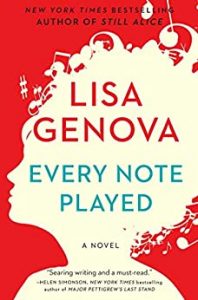
SS: What’s something memorable you have heard from your readers/fans? What’s been the best compliment?
HF: Several breast cancer survivors have told me I got it right, that reading my novel was like reliving their breast cancer journey, in touching and hopeful ways. I tried to make the story as authentic as possible and I couldn’t imagine a more wonderful compliment.
SS: Do you believe in real-life happily-ever-afters? How important is an HEA in women’s fiction?
HF: I don’t think women’s fiction has to have a happy ending, but I do think it should be clear that the main character has been on a journey—whether physical, mental, or emotional—that has changed her in some way. The most satisfying reads are those that tie up loose ends and leave me with a sense of closure. If there are too many unanswered questions, I tend to feel frustrated.
SS: Describe your books in 3 words:

********************
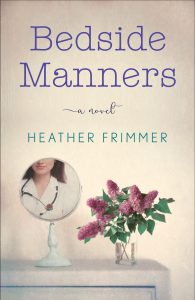
********************
Two excerpts from Bedside Manners showing the points of view of both Marnie and Joyce:
CHAPTER ONE: Marnie
See one, do one, teach one.
The commonly recited medical school adage played over and over in Marnie’s mind as she walked past the nursing station, room 523 approaching much too quickly. It wasn’t even noon on the first day of her surgery rotation and already she’d been given an assignment way out of her comfort zone. Before turning into the patient’s room, she stopped to wash her hands, willing her heart to slow down. Was she really expected to change a colostomy bag on her first day? Could this be a joke? Maybe it was a rite of passage that all fourth-year medical students went through on their first day on the wards. The floor nurse who had given her the assignment had certainly earned her reputation as a joker. Stories about the clever tricks Darlene played on unsuspecting newbies always circulated amongst the students. Though Marnie had known this rotation would be challenging and emotional, she had not expected to be asked to change a colostomy bag on her first day. She’d never even seen one.
CHAPTER TWO: Joyce
This is not a big deal. It’s not really a lump, she thought, just a little ridge of skin, a thickening. She recalled reading an article in O magazine about “knowing your breasts.” It said something like ridges and lumpiness can be normal, and that neither of these things is cause for alarm. Of course, it also said that any changes should be evaluated by a healthcare professional. All of this information had been printed in bright pink, an ad for spray-on deodorant on the opposite page.
She never read these articles too closely. All this hype about breasts was ridiculous. Everywhere she turned there were pink ribbons, public service announcements about mammograms, subway cars and buses wrapped in pink. Breast cancer had become almost like a club. There could even be a sub-section of Hadassah—the Jewish women’s group Joyce belonged to—dedicated to breast cancer survivors. They could meet once a month wearing expensive pink outfits and pink ribbon pins and reminisce about how much they missed seeing their handsome oncologists every week. They could compare lumpectomy scars and plan which 5K walk to do in the coming months. Joyce had no desire to be a part of that club.
********************
Heather can be followed here on social media:
